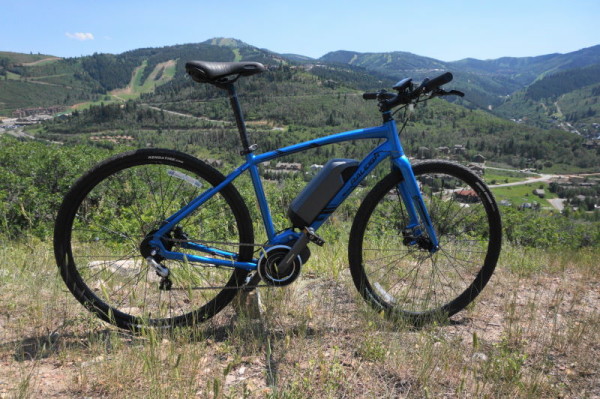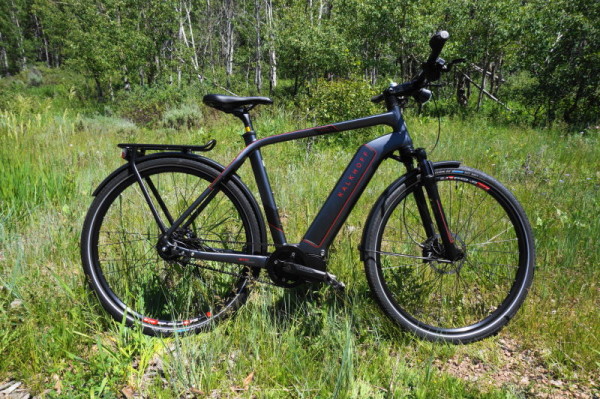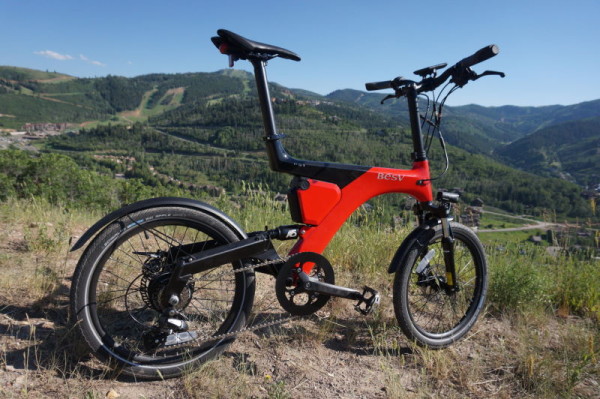One of the most massive challenges for e-bikes in the United States is the patchwork of diverse policies governing them from state to state. Depending on where you live, an e-bike with a motor under 750W could face no regulations at all. Over the state line, however, an e-bike could face aggressive regulation, including license and registration requirements or complete elimination from trails, paths, and bike lanes. Complicating the situation are the several different types of e-bikes available on the market, with different drive mechanism styles and top speeds. The lack of certainty governing the use of these bicycles has made it challenging for dealers to stock and sell these vehicles and for consumers to purchase with total confidence.
To address this issue, the Bicycle Products Suppliers Association (BPSA) has formed an e-bike committee partnering with PeopleForBikes, which has been busy lobbying local governments in the US to help equalize regulation for use of the technology, similarly to how regulations currently operate in Europe. Get the lowdown on e-bike regulation coming to you after the break…
If the BPSA had their way, they would like to classify E-bikes into three categories:
- Class 1 focuses on pedal assist type with a max assisted speed of 20mph. This is 5mph faster than the norm in Europe and was the most common type of e-bike we ran into at Press Camp.
- Class 2 denotes a throttle assist type. In this case, the rider has a way of moving without having to pedal. Several brands with throttle power just offer it as a low speed walking or pushing type throttle assist to help users either push bikes up trails or to help walk them down the street.
- Class 3 is still pedal assisted power, but the top assisted speed is 28mph.
The model legislation that the BPSA has created would open up Class 1 and 2 e-bikes to all existing bike infrastructure with no age, helmet, or operational restrictions. Class 3 bikes would live in a separate category.
For passionate pedal bike trail users, it is important to understand that BPSA is funding a survey that IMBA is conducting to understand the environmental impact on trail surfaces due to e-bike usage. The leadership position supports 20mph speed pedal assist with no throttle configurations for natural surface infrastructure, meaning that Class 1 would be a go while Class 2 e-bikes could face some natural surface restrictions.
Currently, the organization is most active in establishing this model legislation in New York and California, having managed to engage local and national cycling advocacy and core groups in those areas for input as well as organizational purposes. The goal is to set the stage for consistent models of usage across the US, so that manufacturers, retailers, and consumers can be secure in investing in and adopting the technology for the market.
As of July 1st, bills to modernize e-bike regulation have progressed in both New York and California legislatures. The bill working its way through New York does not actually define the classes discussed, but would classify e-bikes with motors under 750W and a maximum assisted speed of 20mph as bicycles. The New York bill S.997-Dilan passed the State Senate 59-3, though an identical bill has stalled until the next session. The bill in California, AB 1096, specifies the three classes as described, has passed the State Assembly and is currently working through the State Senate Transportation and Housing Committee. Similar legislation designating e-bikes as bicycles has already passed in Nebraska and Montana. BPSA and PeopleForBikes plan to introduce more legislation in Ohio, Indiana, Hawaii, Massachusetts, Missouri, Utah, and Tennessee starting as soon as this Fall.
For more information, visit BPSA.org



